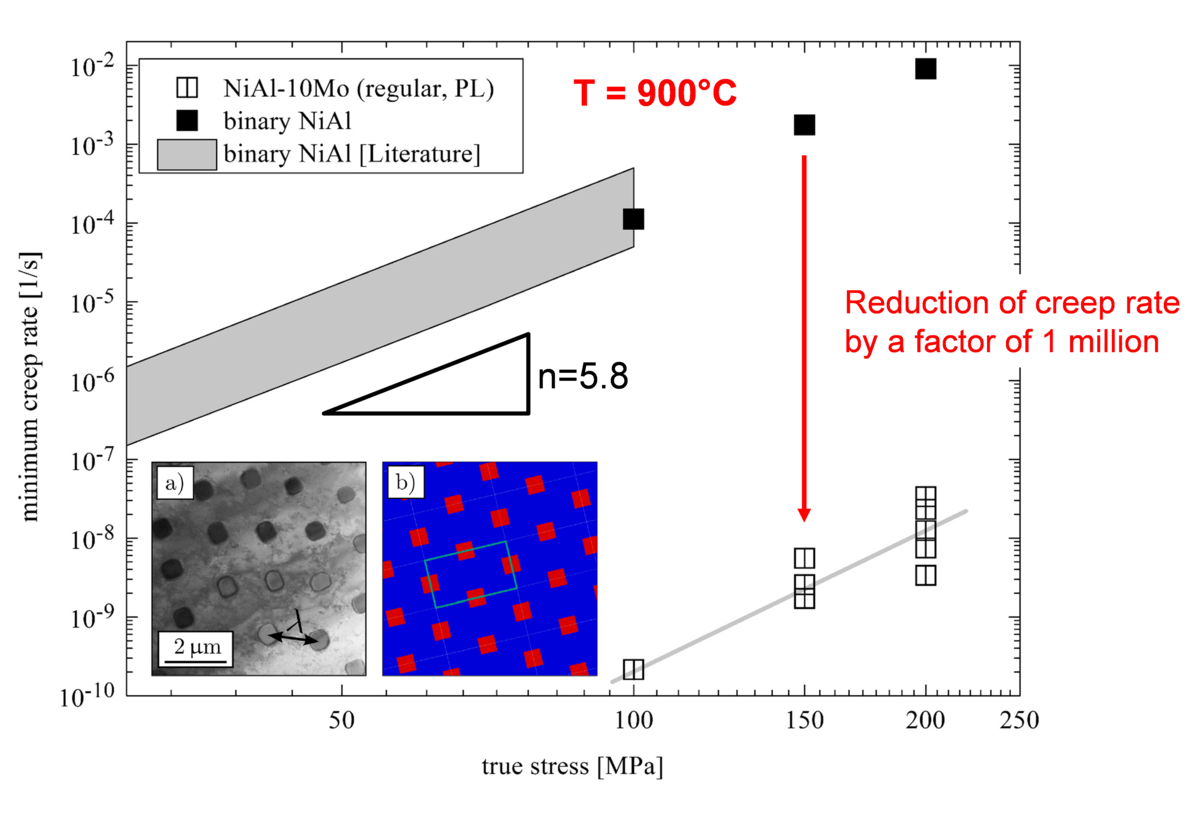ACcelerated Design of interface Controlled advanced materials by simulation-informed experiments (ACDC)
- Funding:
KIT Future Fields, stage 2 (pilot projects in emerging research topics)
- Partners:
Prof. Dr.-Ing. Martin Heilmaier (Institute for Applied Materials IAM-WK),
Prof. Dr. Britta Nestler (Institute for Applied Materials IAM-CMS),
Prof. Dr.-Ing. Thomas Böhlke (Institute of Engineering Mechanics ITM),
Prof. Dr.-Ing. Michael Hoffmann (Institute for Applied Materials IAM-KWT) - Startdate:
01/01/2021
- Enddate:
31/12/2022
The properties of most of today's structural and functional materials are essentially determined by the type and arrangement of their two-dimensional lattice defects (interfaces or phase boundaries). By suitable metallurgical measures a large number of interfaces can be created within the material, increasing its strength but in the same way decreasing its deformability ("strength-ductility trade-off") – the material becomes brittle and thus hardly useful in applications. A simultaneous increase in both strength and ductility can only be achieved for special microstructural hierarchies, but cannot be implemented in structural applications.
By closely linking simulation and experiment, the mechanisms limiting advantageous strength-ductility properties shall be elucidated. From the simulations specific experiments will be derived for materials systems which overcome these limitations. For this purpose, experimental investigations of the respective dominant interfaces are required, both microstructurally and on the atomic scale, closely coupled with corresponding cross-scale simulation methods. The whole spectrum of 2D (and 3D) lattice defects will be considered, as well as the load and temperature dependent mobility of the interfaces. In addition to the strength-ductility properties, the coupled approach of simulation and experiment shall also be extended to functional pro-perties such as conductivity etc.
Relevant preliminary work by the PIs has been carried out within the framework of the Helmholtz Research School “Integrated Materials Development for Novel High Temperature Alloys“. The present “ACDC“ project serves in particular to broaden the range of materials, to integrate further scientists into the core team, aiming at implementing a coordinated large research project, and to combine experimental and simulative methods in selected case studies representing preliminary stages of demonstrators.


